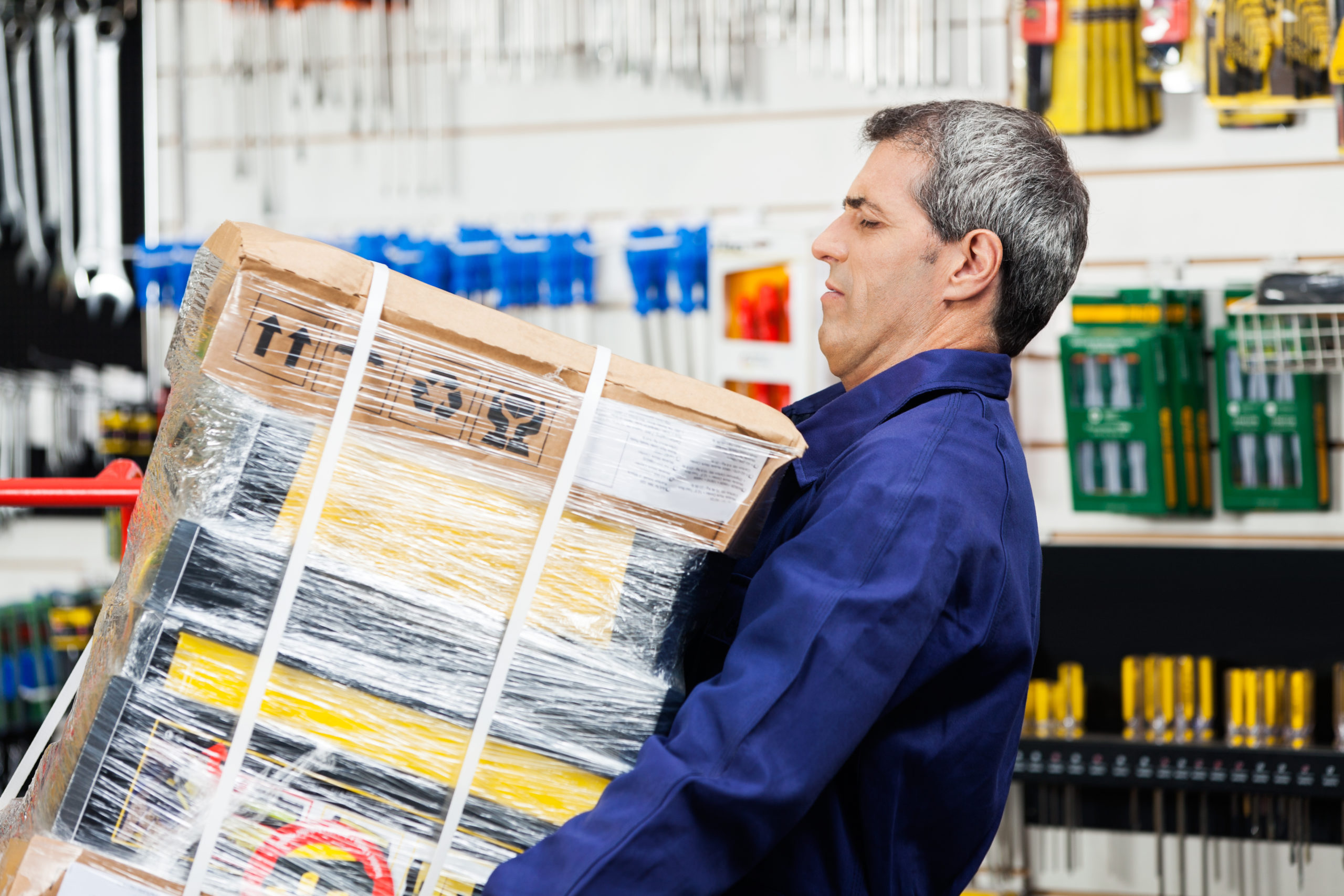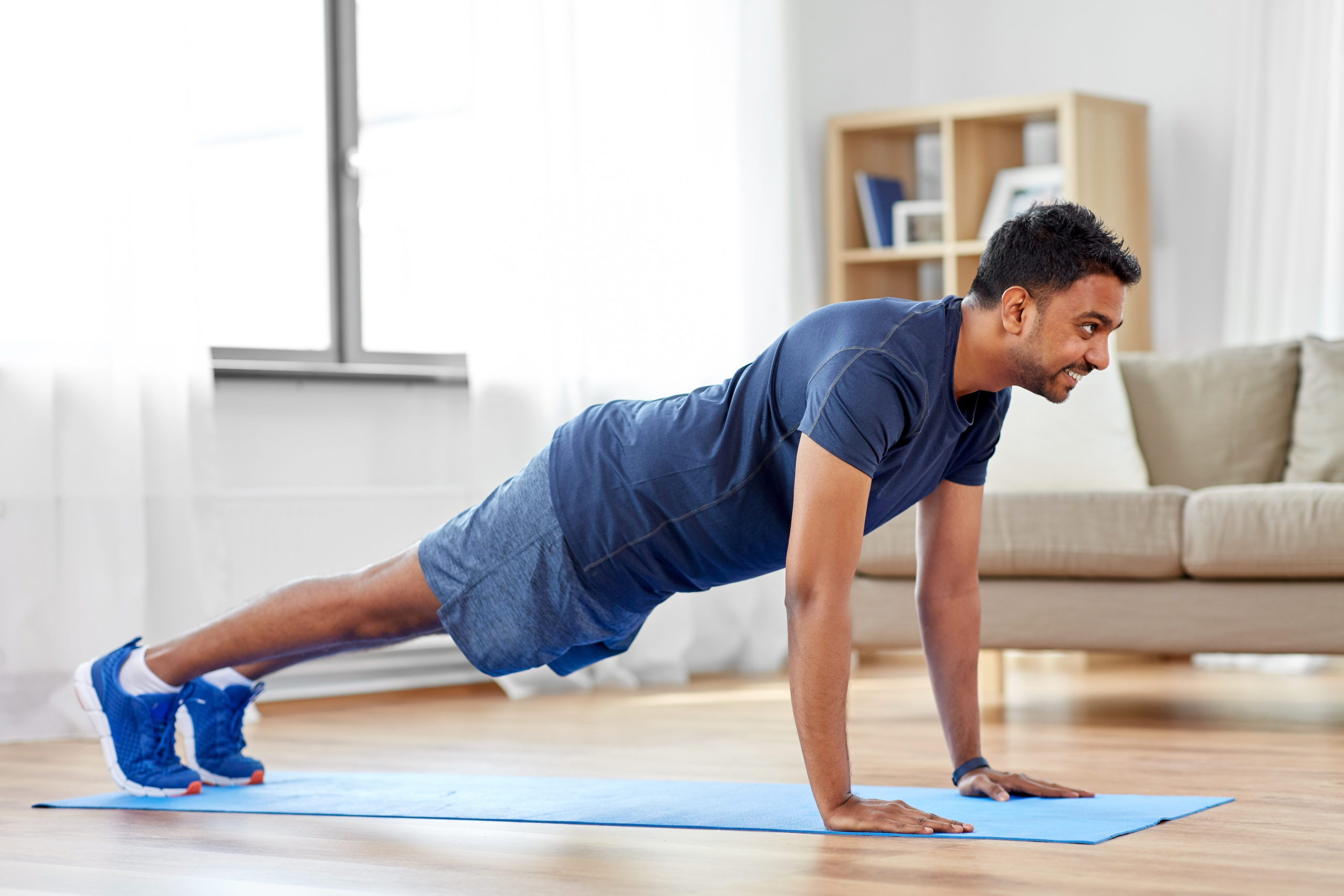How To Lift Without Hurting Your Back


At some point in life, we have all “been there” when it comes to back pain. Whether it’s the result of helping a friend move into that 4-story walk-up, or a weekend softball tournament, or one too many burpees, or the old classic “I just slept wrong”, back pain can be a real bummer to deal with. Even worse, it can literally sideline you in life.
But a lot of back pain is preventable. It boils down to a couple of things:
- Proper movement patterns
- Maintaining voluntary control of your muscles and the load you’re bearing
Knowing how to properly lift is not just a valuable skill that can save your back… it’s knowing how to utilize a touch of finesse in all the right places. It’s a conversation, and more importantly, an understanding of your body. Knowing how to properly lift is working smarter, not harder.
Are your muscles prepared to take the load you want to lift? Are you in the right position to bear it? If one of these is off, injury can happen. But if both are off, you’re really setting yourself up for hurting your back long term. (1) Here’s what you need to know about how to lift without hurting your back.
Posture 101
What does it mean to have “proper posture”? You might think of the old “balance a book on your head” trick, and to some degree that does imply good posture… because the key is found in balance: the balanced position of your spine. The neutrality of it.
Proper posture means that every part of your skeleton is stacked logically, no strained joints, and that the muscles, fascia, and connective tissue that lay overtop of the bones and joints are also in a neutral, non-strained, logical organization.
It’s important to be mindful of your posture when moving… like walking, running, or picking up a heavy object. But it’s equally important to be aware of your posture when you’re not moving… sleeping, sitting or standing.
Your back has natural curves that must be protected, and if you think about it, each part of you has a natural “way” about it… a place that’s considered neutral, safe. Having proper posture involves becoming aware of where neutral is, where the bones are stacked in the right way so the muscles can lay properly and do their job in supporting your movements. (2)
When you don’t maintain proper alignment, it just amounts to more work for you.
How To Properly Lift Almost Anything
So how do you maintain proper alignment, and work smarter not harder? Through proper movement patterns. Just as there is a way your skeleton fits together that makes the most sense, there is a way to move your body that is most efficient.
When it comes to how to properly lift, remember two things:
- Your legs are powerful – they can and should work to your advantage
- The further the weight is from your center, the heavier it becomes
Here are the basic steps to follow when lifting:
- On bended knee: Stand as close as possible to the object you’re lifting, and kneel down so that the object is right in front of you, on the inside of that bent leg. Never lift an object with straight legs.
- Reciprocal inhibition: The principle of reciprocal inhibition is something like yin and yang, give and take, push and pull. Essentially, by engaging the muscles in front, you help support and release the muscles in the back. (3) So, from that resting knee position, tighten up your core muscles… move your belly button toward your spine, and engage everything that you can throughout your middle section. Engage your back muscles too, but really focus on that deep core, and putting a lot of power in the center to propel you into action.
- Push down to lift up: Now that you’ve got the heavy object centered, and your core engaged, it’s time for liftoff. Use the power of your legs, and grounding downward, to help. Think of bouncing a ball. If you want to bounce that ball higher, you have to hit the ground harder with it. So use your powerful leg muscles to push down with all your might as you lift the object up. Maintain that core engagement while you carry the object to its destination.
Word to the wise: Never twist your spine when lifting. Take baby steps to the side when changing course.
Squatters Welcome
Squatting to lift that heavy object is an option too, and the same principles apply. Bring the feet wide, slightly turned out to the sides, straddling the object to be lifted. Bend the knees and drop down, hinging through the hips, hovering over the item. Keeping it close to your body, push down through the feet and legs to come up to standing with the item. (4)
Core Strength Is Vital In Proper Lifting
Your habitual movement patterns are key. The way you walk, how you carry your baby on your hip, the 40 miles you ride on your bike every day, even which side you sleep on, and how you lift objects, these things all have an effect on you. So, training your body in correct movement patterns is vital to preventing injury.
Your form matters, in exercise and life in general too. You can use your exercise training as a lab for “how to move through life”, and be well-served by that.
Core training prepares your body to handle more weight… more load on the spine. In addition to that, it keeps your balance strong which can help prevent falls and mitigate injury in the event that trauma does occur. On top of all of this, it helps foster a solid connection, clear communication, between you and your body. Not only will you become stronger, changing the aesthetic of your body, but you’ll develop a deep understanding of your abilities, and respect for your limits. Physical training is on many levels a conversation with your body, and beautifully, it’s one that you can take with you outside the gym. It can be happening all the time, even (and especially) when you’re lifting your friend’s couch, raking leaves, or climbing a ladder.
Walk The Plank
Six pack abs are wonderful, but when it comes to attaining real core strength, it’s the deep-down muscles you really want to train. The close-to-spine stabilizers that power you from deep within. These are the muscles that will really allow that yin/yang art of reciprocal inhibition to do its thing, and planking is a great way to start that core conversation.
How to plank? It’s like holding a high pushup position. The trick is to maintain one long line of energy throughout your body, and to utilize that same “down to go up” energy. You’ll spread your fingers (and toes), and press down through the hands (and feet). Feel the energy rebound up your arms, fire up your legs, and imagine the muscles throughout your whole front body supporting you like a hammock from underneath. Breathe and feel the back body soft as the front body engages. Hold it as long as you can and then come down to your belly. If you have sensitive wrists, or you want to change things up a bit, you can always do a forearm plank.




Listening To Your Body Through Meditation
Exercise is one way to foster that mind/body connection, but meditation is another beautiful way to accomplish that. Meditation, like exercise, is a conversation of sorts with your body. By getting quiet and tuning your attention inward, you can check in with yourself in meaningful ways.
Meditation is simply a practice of maintaining your focus on a particular intention. When thoughts wander away from that intention, your only job is to gently bring your mind back to the present intention. As you continue this conversation, you’ll notice a stronger relationship with yourself forming. And just as training and exercise can help you develop a deep understanding of where your body is at, meditation does the exact same thing.
When you connect your bicep to your brain stem, you put your whole self in the driver’s seat. You maintain voluntary control of both your body and your mind. How to lift properly is a matter of developing strength and good mechanics, yes, but it’s also about that purposeful control. It’s a command of the movement that comes from deep within, just like true core strength. It’s another kind of reciprocal inhibition… working smarter not harder.
Need to fix your back pain? Click here to learn more.
Sources:
1 https://www.youtube.com/watch?v=SnZ9Fm_bnfo
2 https://medlineplus.gov/guidetogoodposture.html
3 https://en.wikipedia.org/wiki/Reciprocal_inhibition
4 https://www.mayoclinic.org/healthy-lifestyle/adult-health/multimedia/back-pain/sls-20076866









